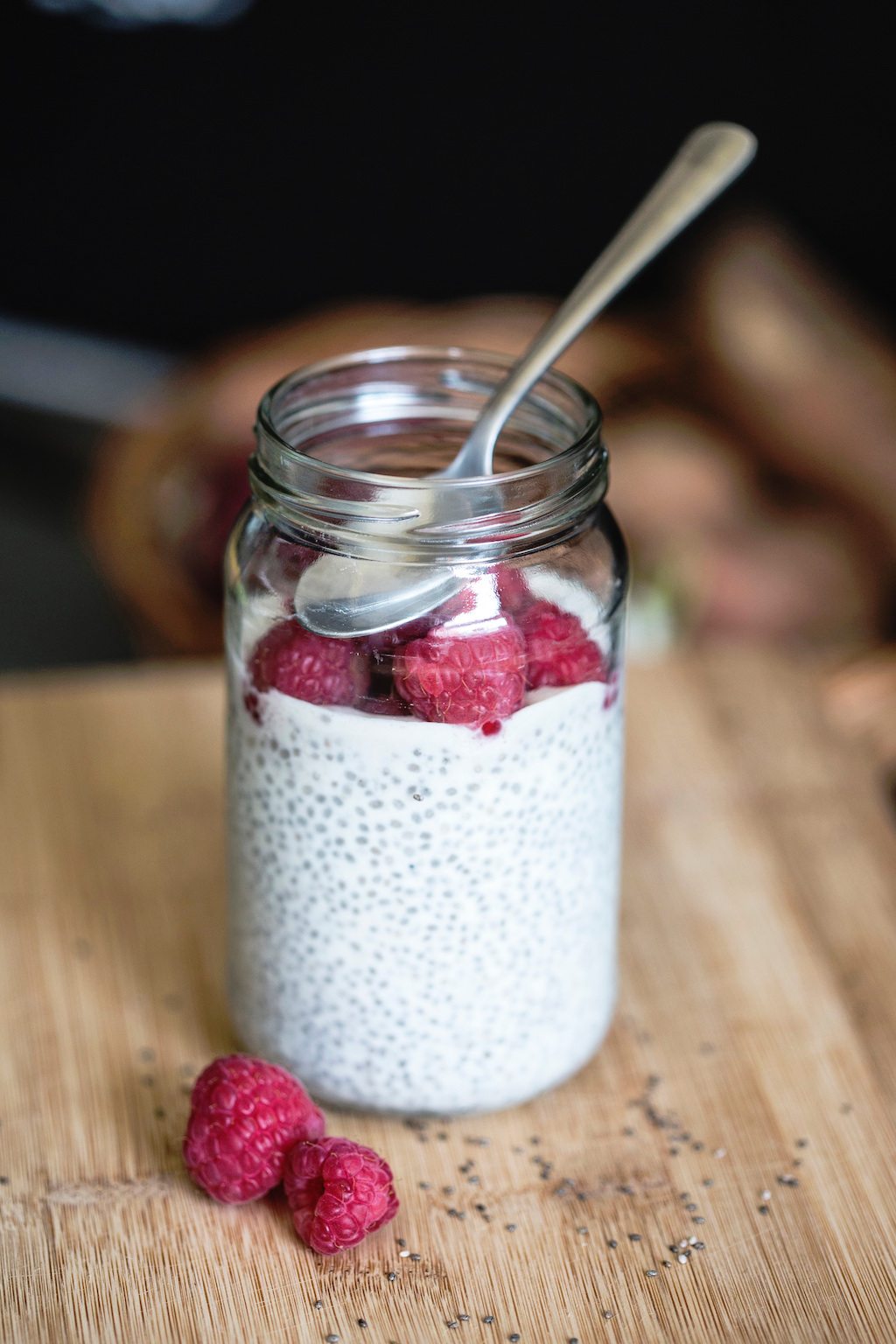Billions and Billions: Thoughts on yogurt. Here’s the headline on a recent market survey by Transparency Market Research: “Yogurts Market By Product Type (Traditional Yogurt, Australian Yogurt, Icelandic Yogurt, Greek Yogurt, Non-Dairy Yogurt, Kids Yogurt and Other Yogurts), By Packaged Containers (Cups, Pouch, Tubs, and Bottles) – North America Industry Analysis, Size, Share, Growth, Trends and Forecast, 2016- 2024.”
Didya get that? No matter. The headline confirms something you’ve probably already noticed yourself: there’s just … loads and loads of yogurt littering dairy cases across the country. But buried deeper in the report is the real headline: the yogurt industry is expected to reach $14.5 billion by 2024. If that seems like a lot, it is. And that’s up from where it currently sits at more than $11 billion. Here’s another mindblower from the same report: evidently, Canadians are eating “substantially more” yogurt per capita than we are in the United States. How can that be? Has yogurt replaced the sap inside those famous red, black and sugar maples? Is yogurt pouring out of the taps in Toronto?
What is the deal with all this yogurt?
The reasons behind the global yogurt glut are hard to pinpoint, but recent consumer interest in health-related claims about good-for-you, gut-friendly probiotics may have something to do with the surge. Even more likely? Super low manufacturing costs. Yogurt cups are cheap and easy to make, according to Transparency. And at the same time, packaging manufacturers are investing more in development to make packages better, prettier and to extend product shelf life. This perhaps has producers clamoring for cups.
Also, yogurt is particularly amenable to variety. For each “yogurt type” cited in the report (Greek, Non-Dairy, Kids’, and so on) there are a hundred variables: flavored, mix-ins, coconut milk-based … and of course, savory–a category unto itself (and one on the rise).
Add to all that the ongoing U.S. dairy surplus (remember when dairy farmers poured out 43 million gallons of milk this fall?), driving retail prices down for consumers (and driving dairy farmers to drink), and you’ve got … extra creamy market conditions. All things considered, it’s a pretty fine time to be in yogurt–or at least, to be making it.











